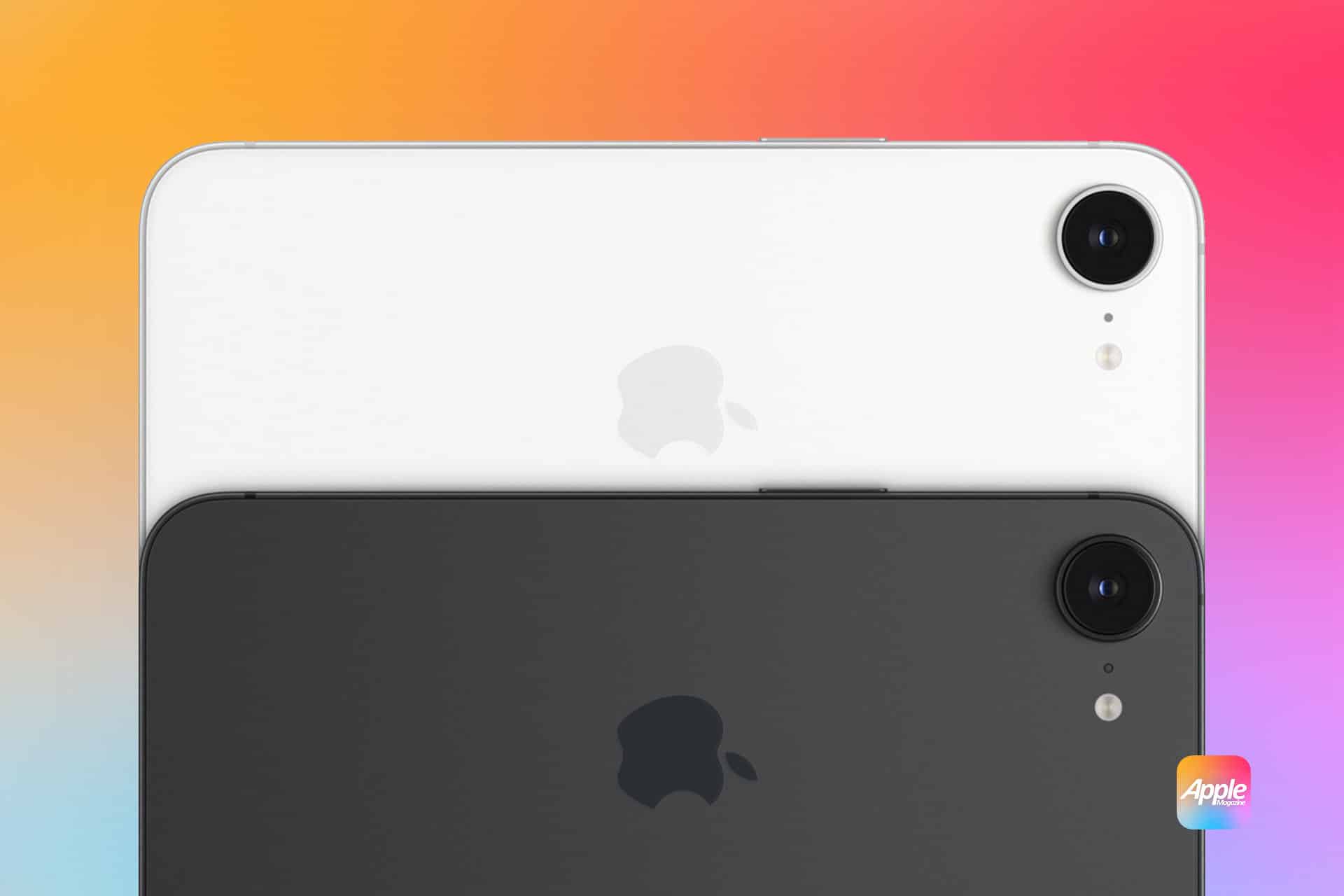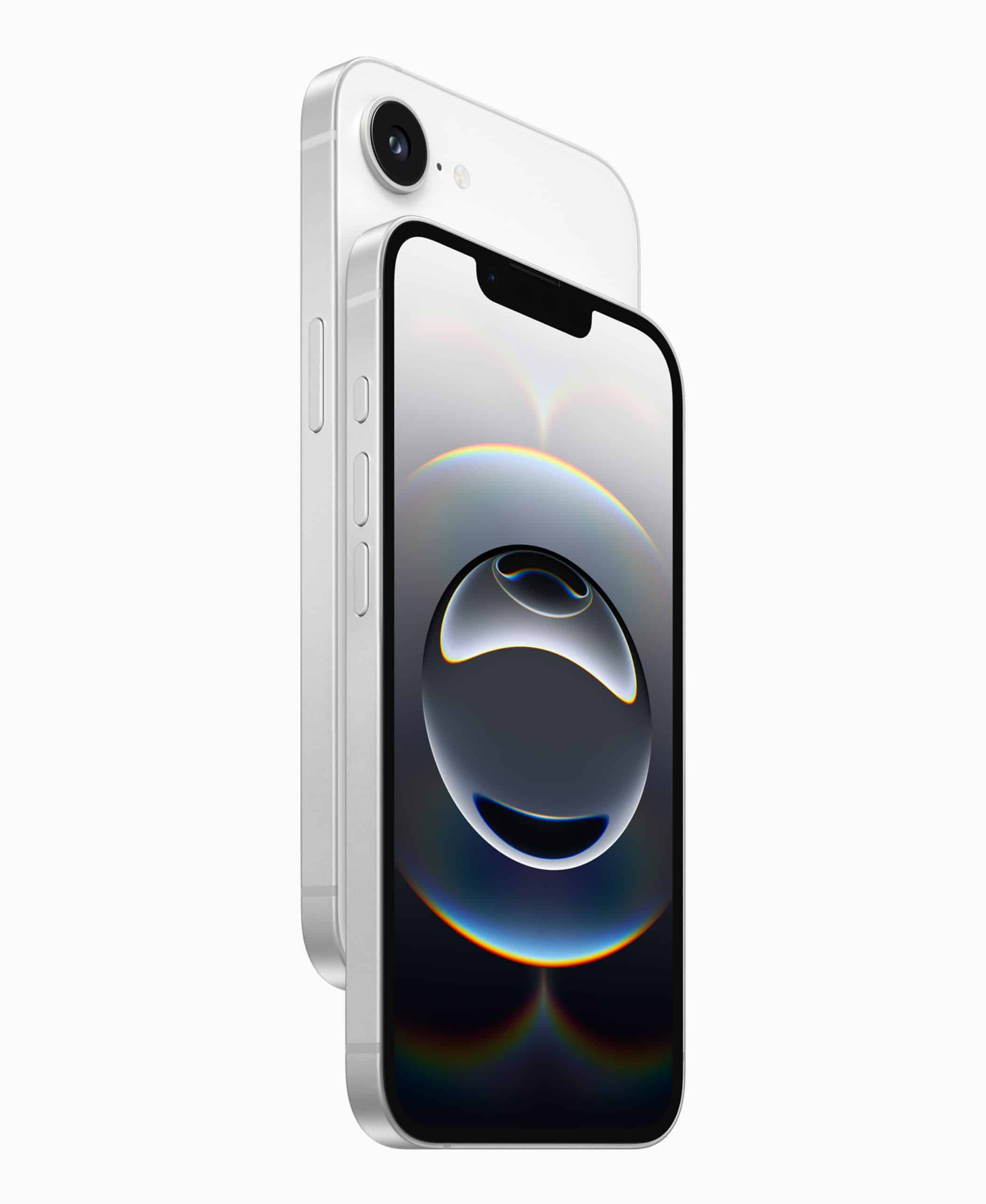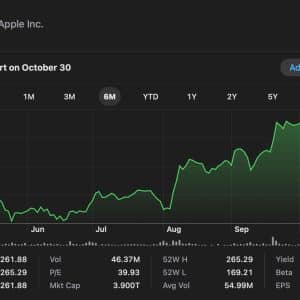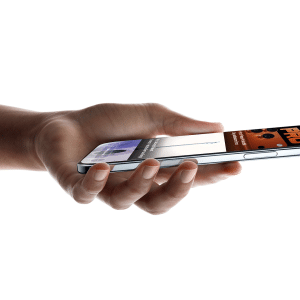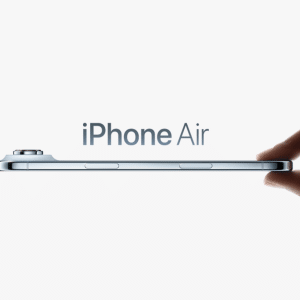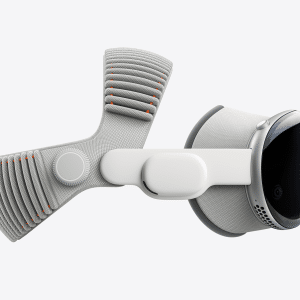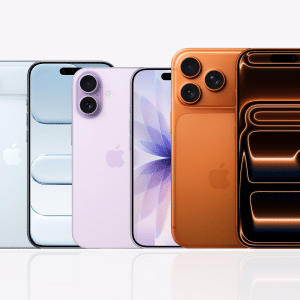Launched in February 2025, the iPhone 16e was introduced as a successor to the iPhone SE line, but it’s far from a simple rebrand. Priced at $599, it’s notably higher than the iPhone SE 3’s $429 starting point, yet its sales figures suggest buyers are willing to pay for the upgraded experience. The iPhone 16e features a 6.1-inch OLED display, A18 chip, and Apple Intelligence capabilities, aligning it closer to the flagship iPhone 16 than its budget predecessors. CIRP data shows the five iPhone 16 models, including the 16e, comprised 74% of U.S. iPhone sales in Q1 2025, up from 68% for the iPhone 15 lineup in the same period last year.
The iPhone 16e’s 7% share is particularly impressive when compared to the iPhone SE 3, which struggled to gain traction at launch due to its dated design, including a 4.7-inch LCD screen and Home button. Posts on X reflect enthusiasm for the 16e’s larger screen and modern aesthetics, with users like @latestly noting its status as a top-selling Apple smartphone despite criticism over price and design. This demand indicates Apple has successfully tapped into a market segment seeking affordability without sacrificing contemporary features.
Why the iPhone 16e Resonates
The iPhone 16e’s appeal lies in its balance of price and performance. Unlike the iPhone SE 3, which relied on a familiar but aging iPhone 8-inspired design, the 16e adopts a modern form factor similar to the iPhone 14, complete with Face ID and a notch. Its A18 chip, though with one fewer GPU core than the iPhone 16’s, supports Apple Intelligence features like Visual Intelligence via the Action Button, making it the most affordable iPhone with these AI capabilities. The 48MP single-camera system offers a 2x optical-like zoom, addressing a key limitation of the SE 3’s 12MP lens.
Battery life is another draw, with Apple claiming up to 26 hours of video playback—12 hours more than the iPhone SE 3. The shift to USB-C charging, mandated by EU regulations, also aligns the 16e with Apple’s broader lineup, though its USB 2 speeds are a noted drawback. Despite lacking MagSafe, Dynamic Island, and an ultra-wide camera, the 16e’s $599 price point—$200 less than the iPhone 16—makes it an attractive option for upgraders holding onto older models like the iPhone 7 or 13, as highlighted by user anecdotes on Reddit.
Strategic Shift in Apple’s Lineup
The iPhone 16e’s success underscores Apple’s pivot away from ultra-budget devices. By discontinuing the iPhone SE 3, iPhone 14, and iPhone 14 Plus, Apple has streamlined its portfolio, positioning the 16e as the entry-level option for new and upgrading users. This move targets emerging markets like India and Southeast Asia, where Counterpoint Research notes double-digit growth for Apple in Q1 2025, helping the company secure a 19% global smartphone market share. The 16e’s modern design and features make it a compelling alternative to Android competitors in the $500–$600 range, such as Xiaomi and Vivo.
However, the $599 price has sparked debate. Some, like AppleInsider’s Amber Neely, argue it’s too high for a budget device, especially when the iPhone 15 is available for just $100 more with superior cameras and MagSafe. Yet, CIRP’s data suggests the 16e is drawing buyers who previously opted for refurbished or older models, reducing the share of legacy iPhones to 26% of U.S. sales from 32% last year. This shift benefits Apple’s bottom line and supports its services growth, as newer devices integrate users into its ecosystem.
Looking Ahead
The iPhone 16e’s strong launch sets the stage for Apple’s rumored iPhone 17e in 2026, signaling a commitment to annual updates for this new “e” series. As Apple navigates economic uncertainties and potential tariff impacts, the 16e’s ability to attract budget-conscious consumers while maintaining premium features positions it as a key player in Apple’s growth strategy. For users seeking a modern iPhone without the flagship price, the iPhone 16e delivers a compelling package, proving that sometimes, a higher price comes with higher value.
